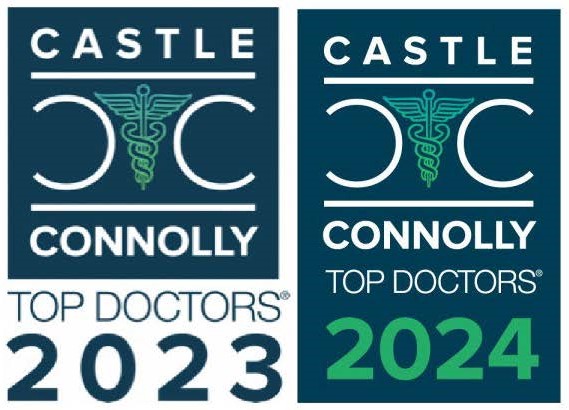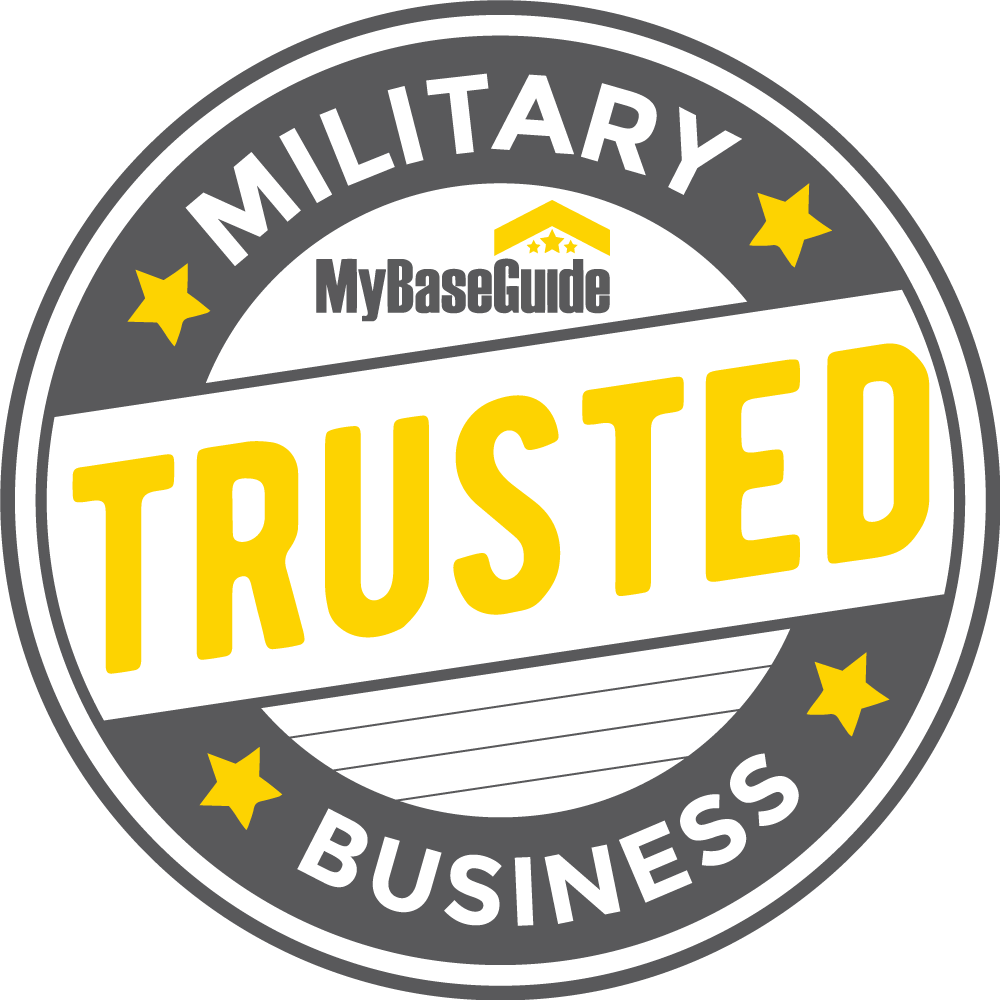
Transcranial magnetic stimulation (TMS) is a treatment that uses magnetic fields to manipulate brain activity. It is completely non-invasive and can be used to help with a number of conditions, including depression, obsessive-compulsive disorder (OCD), anxiety, post-traumatic stress disorder (PTSD), and many more. TMS may be recommended when other treatments are not effective. Any side effects are typically temporary and mild, and no downtime is required. During the treatment, a magnetic coil influences the natural electrical activity of the brain. TMS was first developed in 1985 and, over the decades, has shown to be helpful in managing a myriad of brain-based conditions.
There are two principles of TMS: magnetism and electricity. When they work together, they can help positively shift your brain’s function in relation to disorders. The area around a magnetically-active magnet is known as the “magnetic field.” Although it is invisible to the naked eye, the effects are present. If you take a magnet close to an electric conductor, there is an interaction that occurs. Your brain is alive with electricity, with the cells (neurons) and nerves using small amounts of electricity to exchange information throughout the body. Thus, when a specialized magnet gets close to the brain, it can change the electrical activity in the brain. With TMS, a specific part of the brain is targeted—the area associated with decision-making, pleasure/pain, emotions, and so on.
TMS Types
The types of magnets used in TMS are much stronger than magnets used in daily life (in other words, holding a refrigerator magnet to your head isn’t going to do anything). There are various kinds of TMS treatments, and they differ based on strengths and/or how the magnetic field is applied. Magnet strength is measured in tesla (T). The majority of TMS magnets generate a field with a strength of 1.5 – 2T, which is in the range of some MRI scanners. Of course, the magnetic field is much smaller with TMS than it is with an MRI.
Pulse frequency also makes a difference. Every time the field is turned off and on, there is a pulse. The number of pulses per second is measured in hertz, or Hz. TMS can range from low frequency (1 Hz) to high frequency (ranging from 5 – 10 Hz). Triplets of 5Hz are common with TMS, totaling 15 pulses per second. This burst approach makes treatment up to six times faster than other methods of delivering TMS.
Finally, there are different magnetic coils that can be used in TMS to target the brain structure.
Why TMS?
TMS is a great option for many because it’s non-invasive. There’s no surgery or needles required. It can also be a helpful alternative to other, more well-known treatments like electroconvulsive therapy (bear in mind that just because TMS is “working” with the electricity in your brain, it is not “electric therapy” or electric shock therapy). In the U.S., the FDA has approved TMS for major depressive disorder (MDD), OCD, migraines, and smoking cessation but, just like with many treatments, it is often used off-label.
Common conditions that may be helped with TMS include addictions (beyond smoking), bipolar disorder, borderline personality disorder (BPD), fibromyalgia, Parkinson’s disease, tinnitus, traumatic brain injury, essential tremor, chronic pain, schizophrenia, auditory hallucinations, and eating disorders.
Is TMS for You?
Most people are suitable candidates for TMS if they have one of the disorders or conditions that TMS has shown to help and/or they have been unsuccessful with other forms of therapy. However, if you have any kind of implant with a magnetic metal or an electrical component, TMS probably isn’t for you. This includes cochlear implants. TMS is a very strong magnet, so it will interact with any magnetic metal in the body causing pain and potential injury.
Those with a history of epilepsy or seizures that affect the brain may also not be good candidates for TMS. While rare, there is a slight chance that TMS might cause seizures, so those with seizure-related conditions or anyone taking medications that can increase seizure risk might need to reconsider TMS.
If you are a potential candidate for TMS, you can get started on your journey today by scheduling a consultation with the TMS Institute of Arizona. Call the clinic during business hours or complete the online contact form now.













